As businesses increasingly move online, Shopify provides a comprehensive solution that accommodates everything from eCommerce basics to advanced digital marketing tools.
However, the very features that make Shopify attractive also introduce a level of complexity, especially when it comes to lead generation and customer acquisition.
Lead generation on Shopify is not a straightforward process; it requires a strategic approach that aligns with both the platform’s capabilities and the target market’s behaviors.
For many store owners, especially those new to the digital marketplace or with limited marketing experience, navigating these strategies can be daunting.
This blog post dives into 8 proven methods for enhancing Shopify lead generation, offering actionable insights for businesses keen on expanding their customer base. Let’s get started.
8 Strategies for Generating More Leads on Shopify
Here are eight actionable strategies designed to help Shopify store owners increase their lead count, enhance engagement, and drive sales:
1. Optimize for SEO
A robust SEO strategy for your Shopify store starts with an in-depth keyword research process, identifying both high-volume search terms and niche-specific keywords relevant to your products.
Utilize SEO tools like Ahrefs or Moz to uncover keywords that can drive targeted traffic to your site. Beyond keyword integration, technical SEO plays a crucial role; ensure your site structure facilitates easy navigation and indexing by search engines.
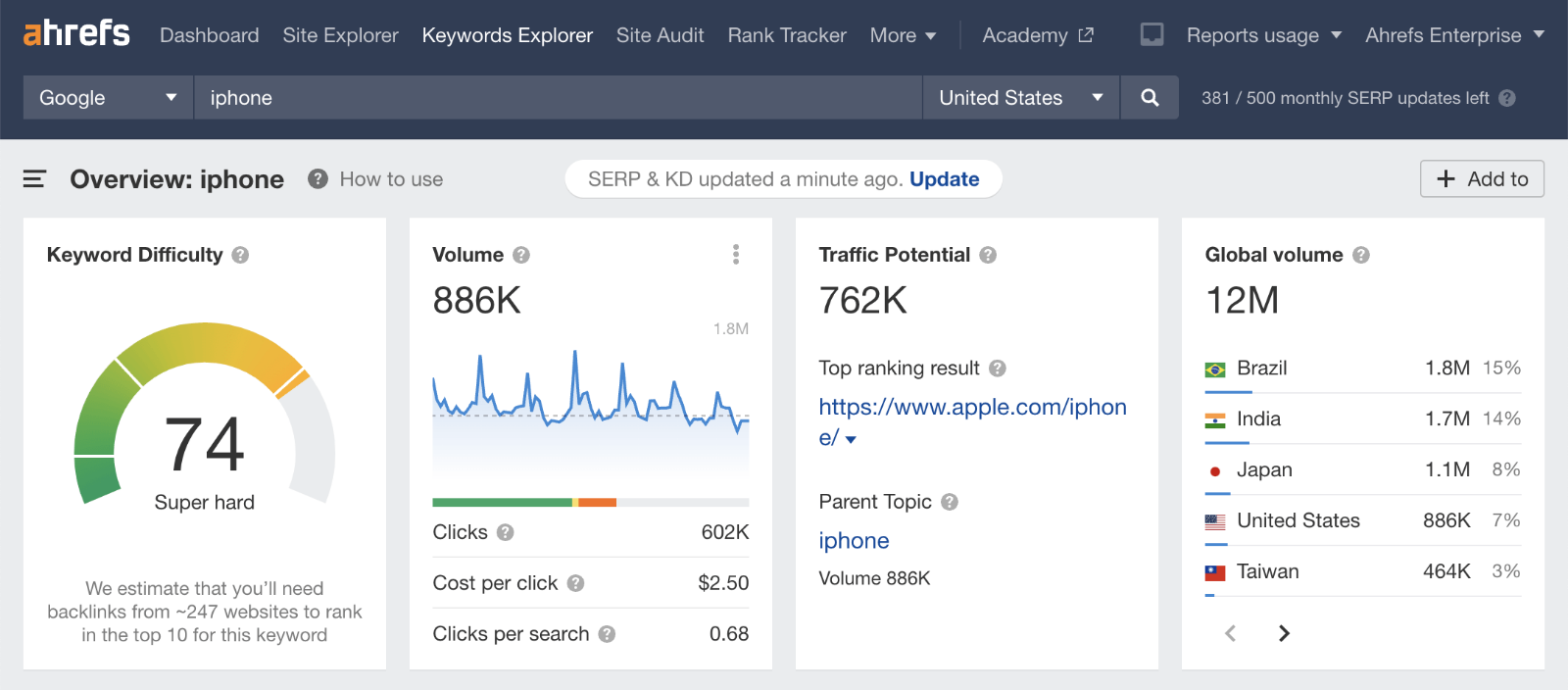
This includes using a logical hierarchy in menu design, optimizing site speed through image compression and use of responsive design, and ensuring your website is mobile-friendly.
Regularly publishing engaging, keyword-rich content, such as blog posts or guides related to your products, can further boost your SEO efforts, attracting organic traffic and establishing your site as an authoritative source in your niche.
2. Create High-Quality Content
In the realm of content marketing, the focus should be on delivering value to your potential customers.
This could involve creating detailed product reviews, tutorials on how to use your products, or content addressing common challenges within your industry. The goal is to engage users at various stages of the buyer’s journey, from awareness to decision-making.
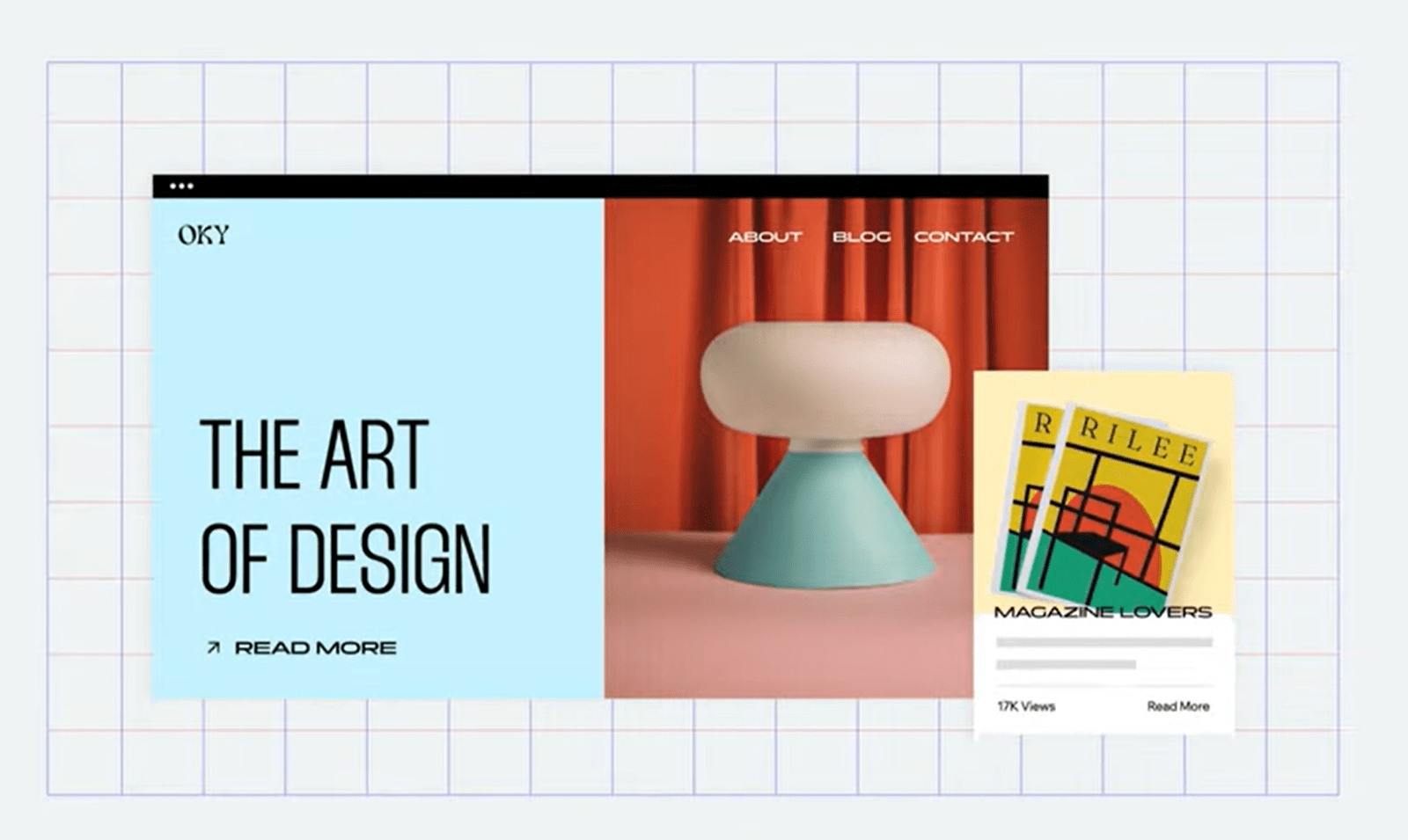
High-quality, engaging content not only aids in SEO but also helps in building a community around your brand. Utilize various formats such as videos, podcasts, and webinars to cater to different preferences, and promote your content across social media and email newsletters to widen its reach.
For instance, a Shopify newsletter popup can be an effective tool to capture email addresses, allowing you to keep your audience informed and engaged.
Effective content marketing not only attracts new leads but also nurtures existing relationships, encouraging customer loyalty and advocacy.
3. Leverage Social Media Platforms
Maximizing the platform’s potential requires a strategic approach and best practices of social media tailored to each platform’s unique environment and user expectations.
For instance, Instagram is ideal for visually-driven content that showcases your products in lifestyle settings, while LinkedIn is more suited for B2B brands focusing on industry insights and professional content. Developing a content calendar can help maintain a consistent posting schedule, ensuring your brand remains top of mind for your audience.
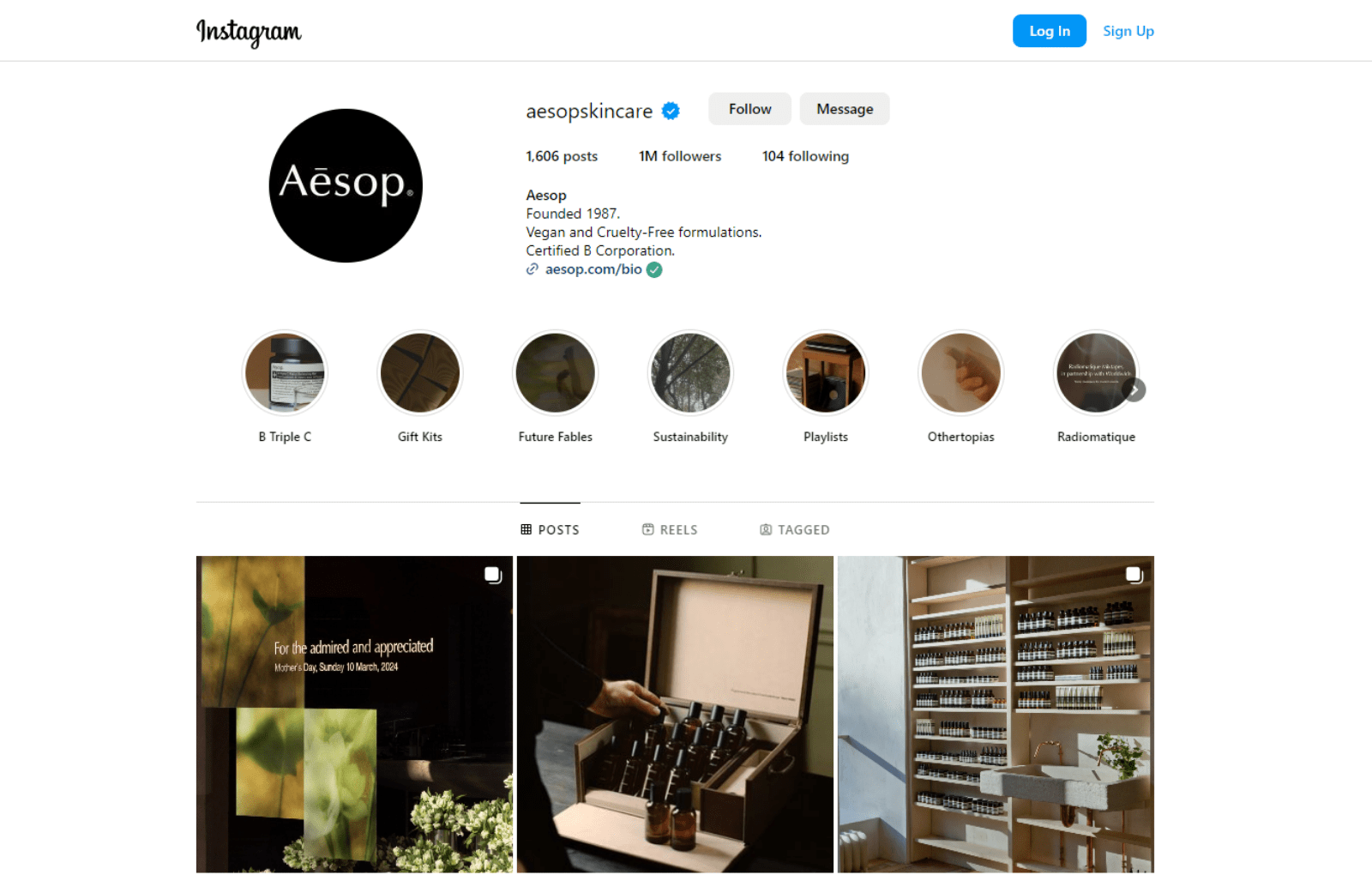
Engaging with your community through comments, direct messages, and participating in relevant hashtags or groups can foster a sense of connection and loyalty.
Additionally, social media platforms offer advanced advertising options, such as lookalike audiences and retargeting, to further refine your lead generation efforts.
4. Implement Email Marketing Campaigns
Email marketing is a direct line to your audience, offering unparalleled opportunities for customization and personalization.
Crafting a compelling email marketing strategy involves segmenting your audience based on their interests, purchase history, and engagement level, allowing for more targeted and relevant communication.
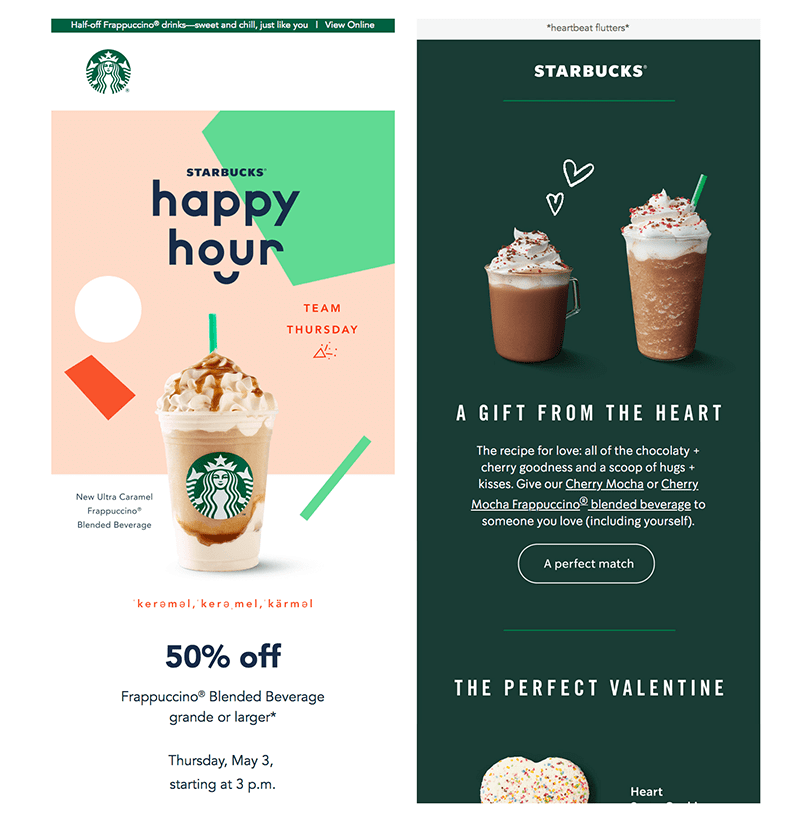
Automated email sequences, such as welcome series for new subscribers or follow-up emails post-purchase, can significantly enhance the customer experience.
Incorporating engaging elements like interactive content, eye-catching visuals, and clear, actionable CTAs can improve open and click-through rates.
Regularly analyzing your email campaign performance and conducting A/B testing on subject lines, content, and send times can help optimize your strategy for better results.
Also Read- 17 Simple Tips to Boost Email Marketing
5. Use Retargeting Ads
Retargeting campaigns are a sophisticated tool that requires a deep understanding of your audience’s behavior.
By analyzing the actions visitors take on your site, you can tailor your retargeting ads to match their level of interest and engagement. For example, you can create specific ads for users who abandoned their cart, visited a particular product page, or engaged with a blog post.
These targeted messages can remind them of their interest in your products and nudge them toward conversion. Leveraging dynamic retargeting ads can further personalize the experience by showcasing the exact products or similar items the user viewed, making the ads more relevant and effective.
6. Offer Limited-Time Promotions
Executing successful limited-time promotions requires careful planning and promotion. The key is to create a compelling offer that genuinely interests your target audience.
This could be a significant discount, a buy-one-get-one-free deal, or exclusive access to a new product launch. Promote your offer through all available channels, including your website, social media, email list, and even through partnerships with influencers or other brands.
The urgency created by a ticking clock can drive significant traffic and conversions, but it’s essential to ensure your site is prepared to handle the influx of visitors and that your offer is clearly communicated to avoid confusion and frustration.
7. Use Exit-Intent Popups
Exit-intent popups are a strategic tool to engage Shopify store visitors as they’re about to leave, offering them compelling reasons to stay, such as discounts or newsletter subscriptions.
This technology detects when a user intends to exit, presenting a last-chance offer to convert them into leads or sales.
Smart tools like Picreel stand out for implementing these exit-intent popups in Shopify with their easy Shopify integration, customizable templates, and advanced targeting options that enhance popup relevance. It also offers detailed analytics for optimizing strategies based on visitor behavior.
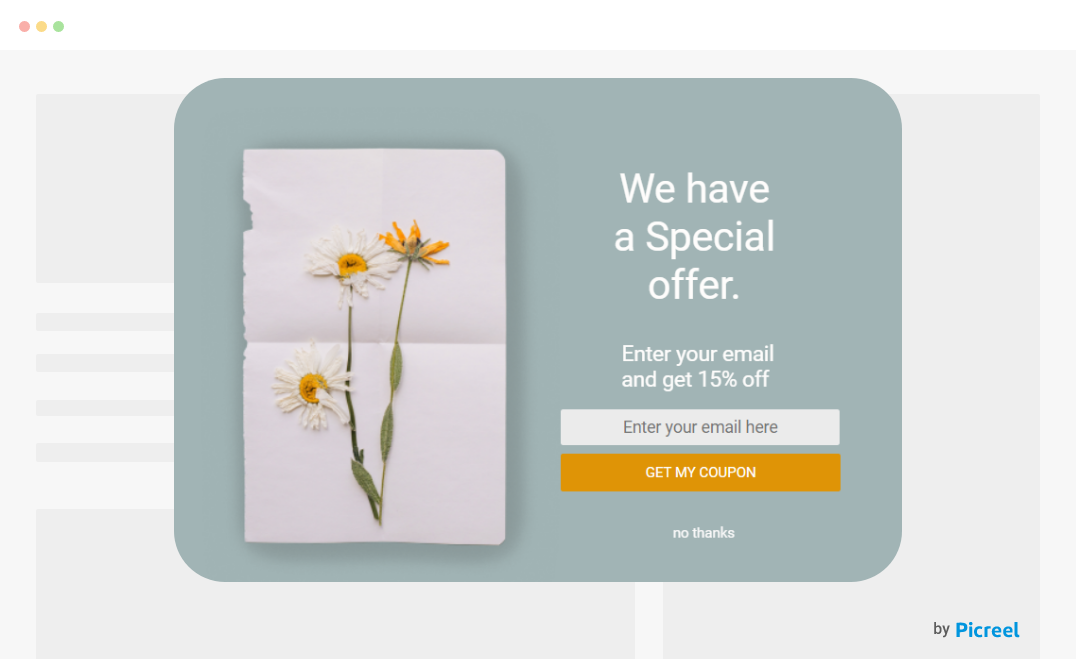
By using Picreel’s exit-intent popups, store owners can significantly reduce cart abandonment and bounce rates, capture valuable leads, and increase conversions, turning potential exits into opportunities for engagement and sales.
8. Utilize Affiliate and Influencer Marketing
Building successful partnerships through affiliate and influencer marketing requires a strategic selection process.
Look for affiliates and influencers whose brand values align with yours and who have a genuine interest in your products. This authenticity is crucial for convincing their audience of the value of your offerings. For those interested in learning how to make money in Shopify, partnering with the right affiliates can be a game-changer. Create clear, mutually beneficial agreements that incentivize your partners while ensuring ROI for your brand.
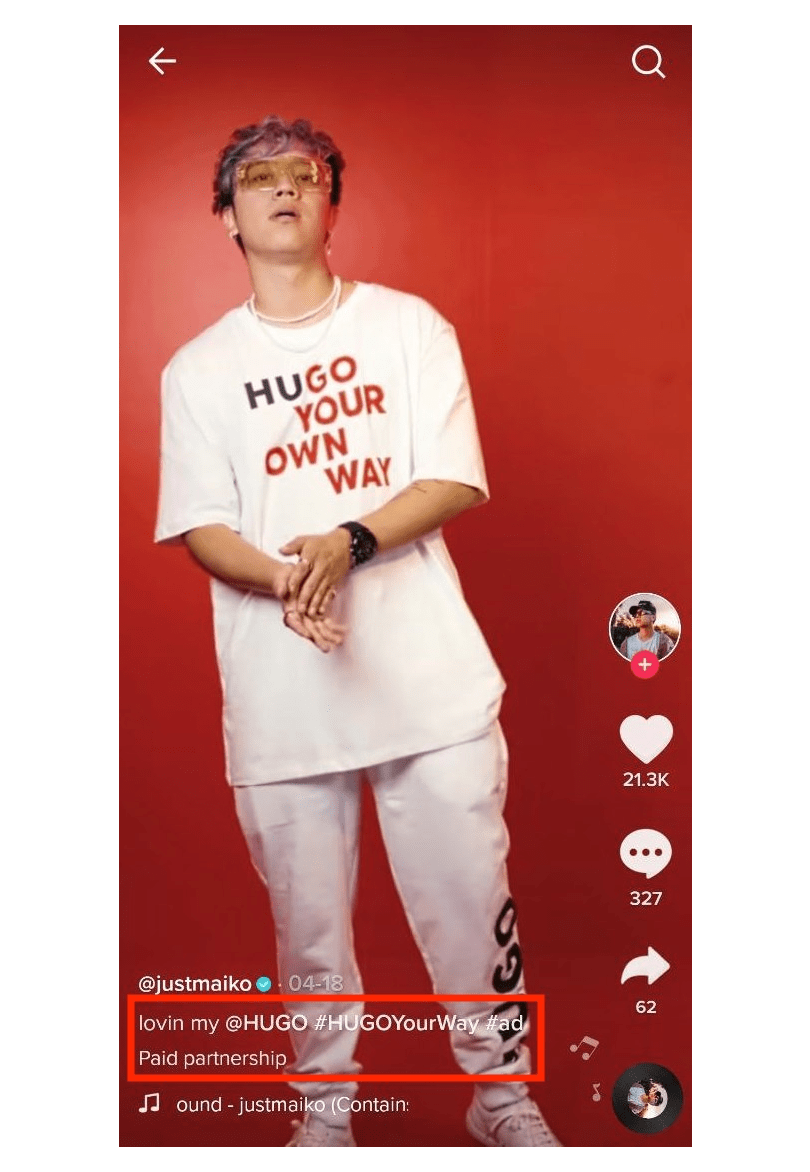
Providing them with high-quality content and exclusive offers to share with their audience can enhance the effectiveness of these campaigns. Regular communication and performance tracking can help optimize these partnerships for long-term success, driving both leads and brand awareness.
Also Read - 11 Pop-Up Best Practices to Drive Conversions
Improve Shopify Lead Generation and Drive Growth
Leveraging the right strategies on Shopify is pivotal for driving lead generation and achieving sustainable growth. From optimizing your site for SEO and creating engaging content to utilizing social media and email marketing effectively, each approach offers unique benefits.
Implementing exit-intent popups with tools like Picreel further enhances your ability to capture leads at a critical moment, directly influencing your conversion rates.
By adopting these proven strategies, Shopify store owners can not only attract more leads but also convert them into loyal customers, ensuring the long-term success of their online business. The key lies in continuous optimization and adapting to the evolving digital landscape.
 Tips
Tips
We’d love to hear your tips & suggestions on this article!
FREE. All Features. FOREVER!
Try our Forever FREE account with all premium features!

 We'd love your feedback!
We'd love your feedback! Thanks for your feedback!
Thanks for your feedback!







